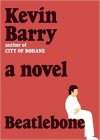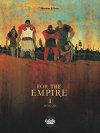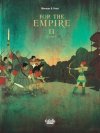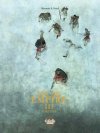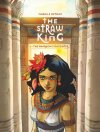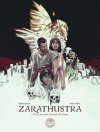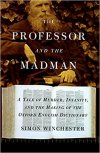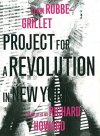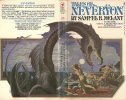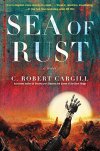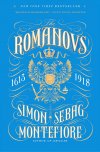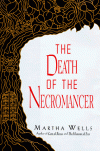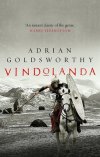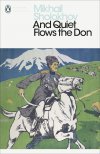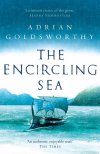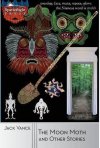Lofgeornost
Feeling Martian!
- Joined
- Jul 8, 2020
- Messages
- 3,461
- Reaction score
- 10,462
I read the first volume of Of Gods and Men by Jean-Pierre Dionnet; it was published in 2011 in French but then translated and published in English recently by Europe Comics (all digital, all European, as their slogan goes). I enjoyed his Armies a good deal so I was looking for other translations of his work. This initial volume of the series is, I guess, mostly background and preparation. The series is set in 2047, in a world where beginning in 1929 gods (i.e. superheroes) were born, originally some 66 of them along route 66. It's not clear to me if there are any that are not American. The volume features 3 of them: Number 1, the first-born, who controls the elements; the Lord of the Flies, who, well commands flies but also can fly, has healing powers or incredible vitality, etc., and his consort the Snow Queen, who has the appropriate powers. Though the book begins with a 'duel' between the Lord of the Flies and Number 1, not a lot else happens in it beyond giving us some information about the world. For unexplained reasons, the surviving humans now live in a number of domes, and are failing to reproduce.
Although the series is set in the U.S., it seems very French in its characters and sensibility to me. The Snow Queen looks like a runway model, and has dialogue like "I want time to stand still, or else pass more quickly." The art is lovely, though:
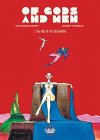
Although the series is set in the U.S., it seems very French in its characters and sensibility to me. The Snow Queen looks like a runway model, and has dialogue like "I want time to stand still, or else pass more quickly." The art is lovely, though:




